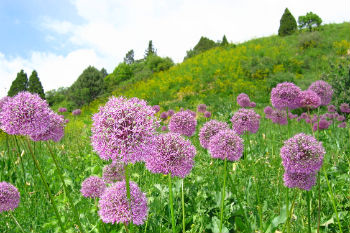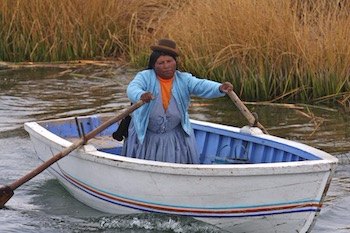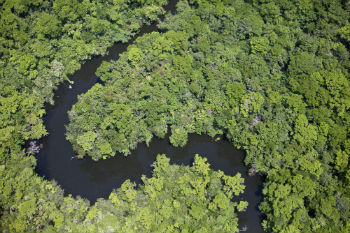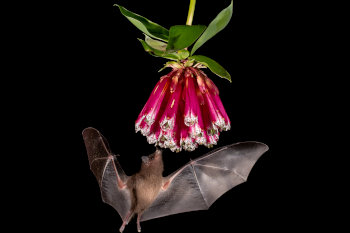Main menu
CEPF is a joint initiative of l’Agence Française de Développement, Conservation International, the European Union, Fondation Hans Wilsdorf, the Global Environment Facility, the Government of Canada, the Government of Japan and the World Bank. A fundamental goal is to ensure civil society is engaged in biodiversity conservation.
Visitez le site français コア情報の日本語翻訳を読むOr use Google Translate to translate the English site to your language:
GTranslate
Priority KBA
Priority Corridor
Other KBA
Other Corridor
Sundaland
Previously invested
Investment
2001 to 2006
US$10 million
Ecosystem Profile
Ecosystem Profile (Sumatra)
Stats
CEPF Strategy Strategy
About this hotspot About
Investment
Dates:
2001 to 2006
Amount:
US$10 million
Eligible Countries
Ecosystem Profile
CEPF's five-year investment in the hotspot focused on conserving the wealth of natural assets on the Indonesian island of Sumatra.
Funding at the local level was especially important because Indonesia only recently decentralized management of natural resources to allow greater local control. However, the power shift did little to build local capacity or coffers so that local people could effectively participate and benefit from biodiversity conservation. A tradition of working in isolation had also kept Sumatra’s nongovernmental organizations (NGOs) fragmented.
Our approach was therefore to finance projects at the district level and below, with the aim of enhancing local stewardship of forests and building alliances among conservation-minded individuals, NGOs and private sector interests.
In 2007, we completed an assessment of our investment, which awarded 71 grants. Major results include expanding and strengthening the protected area network; catalyzing policy action to strengthen natural resource management at the local and national levels; and bolstering civil society capacity both as individual organizations and as networks of organizations.
The Sundaland Biodiversity Hotspot covers the western half of the Indonesian archipelago, a group of some 17,000 islands stretching 5,000 kilometers, and is dominated by the islands of Borneo and Sumatra.
Politically, the hotspot covers a small portion of southern Thailand; nearly all of Malaysia; Singapore; Brunei; and the western half of Indonesia. The Nicobar Islands, which are under Indian jurisdiction, are also included.
Sundaland's topography is comprised of high mountain ranges, volcanoes, plains, lakes, swamps and shallow coastal waters. The hotspot is one of the biologically richest regions on Earth, holding about 25,000 species of vascular plants, 60 percent of which are endemic.
Some 380 mammal species are found here, including two species of orangutans: the Critically Endangered Bornean orangutan (Pongo pygmaeus), and the Critically Endangered Sumatran orangutan (P. abelii). Other iconic species include the Endangered proboscis monkey (Nasalis larvatus), which lives only on Borneo, and two rhinoceros species: the Critically Endangered Javan rhino (Rhinoceros sondaicus) and the Critically Endangered Sumatran rhino (Dicerorhinus sumatrensis).





